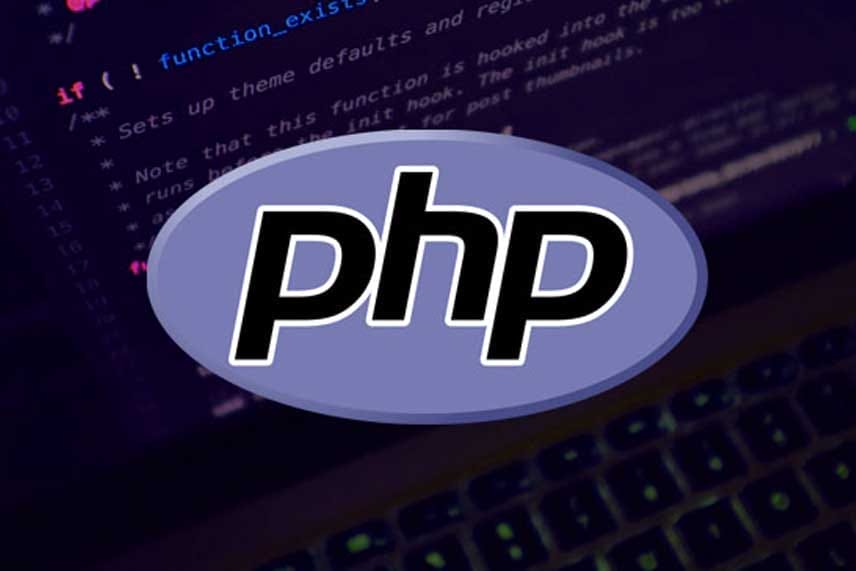- Address : P9FG+V4R, Shimutala, Matigara, Baniakhari
- /
- Email : splogos2022@gmail.com
- Home
- -Blogs Details
Blogs Details

- Feb 08,2024
- Admin
PHP SSH Server: How to Connect and Manage Remote Servers Using PHP
Connecting and managing remote servers via SSH using PHP is possible through libraries and built-in extensions that allow secure communication between your PHP application and a remote server. The most common way to achieve this is by using the phpseclib library, which is a pure PHP implementation of SSH, or by enabling the SSH2 PECL extension, which provides bindings to the libssh2 library. These tools let you authenticate, execute remote commands, transfer files, and manage server processes directly from a PHP script.
To get started with phpseclib, you need to install it via Composer. Once installed, you can use it to connect to a remote server by specifying the host, port, username, and password or private key. After a successful connection, your PHP code can issue commands like restarting a service, checking disk space, or editing files. The response from the server can be captured and used within your application, allowing for automation or administrative tasks through a web interface.
Alternatively, the SSH2 extension can be used if it is available on your server. This extension offers functions such as ssh2_connect(), ssh2_auth_password(), and ssh2_exec() for low-level SSH communication. However, because it relies on external libraries, it may require server-level configuration, which is not always feasible in shared hosting environments.
Security is crucial when managing servers over SSH. Always use encrypted connections, avoid hardcoding credentials in scripts, and restrict server access with key-based authentication whenever possible. It's also important to handle exceptions and errors gracefully to avoid leaving connections open or exposing sensitive information.
Overall, PHP provides flexible options for managing remote servers through SSH, making it possible to build custom server management panels, automate deployment processes, or integrate remote command execution into existing applications securely and efficiently.




